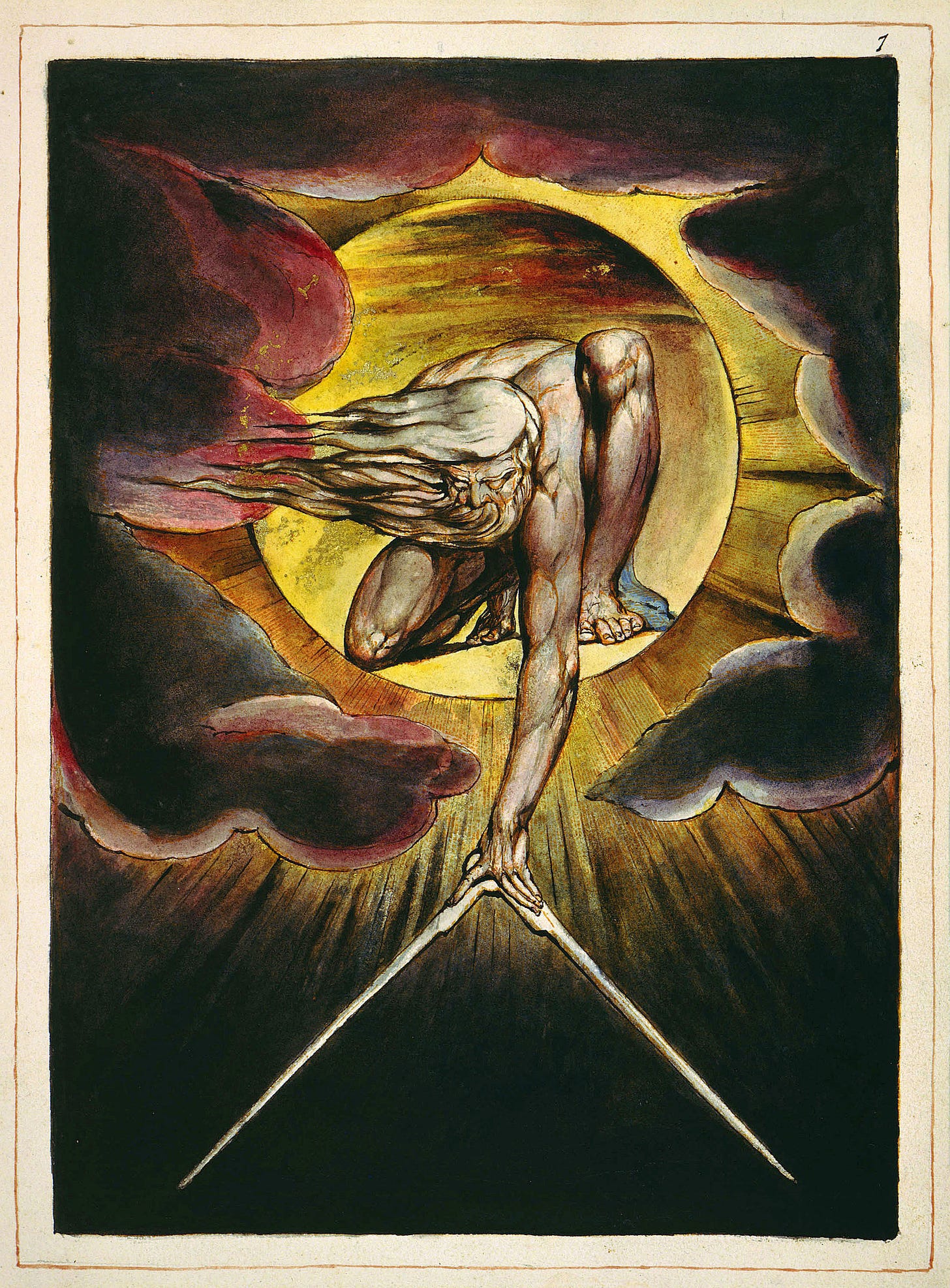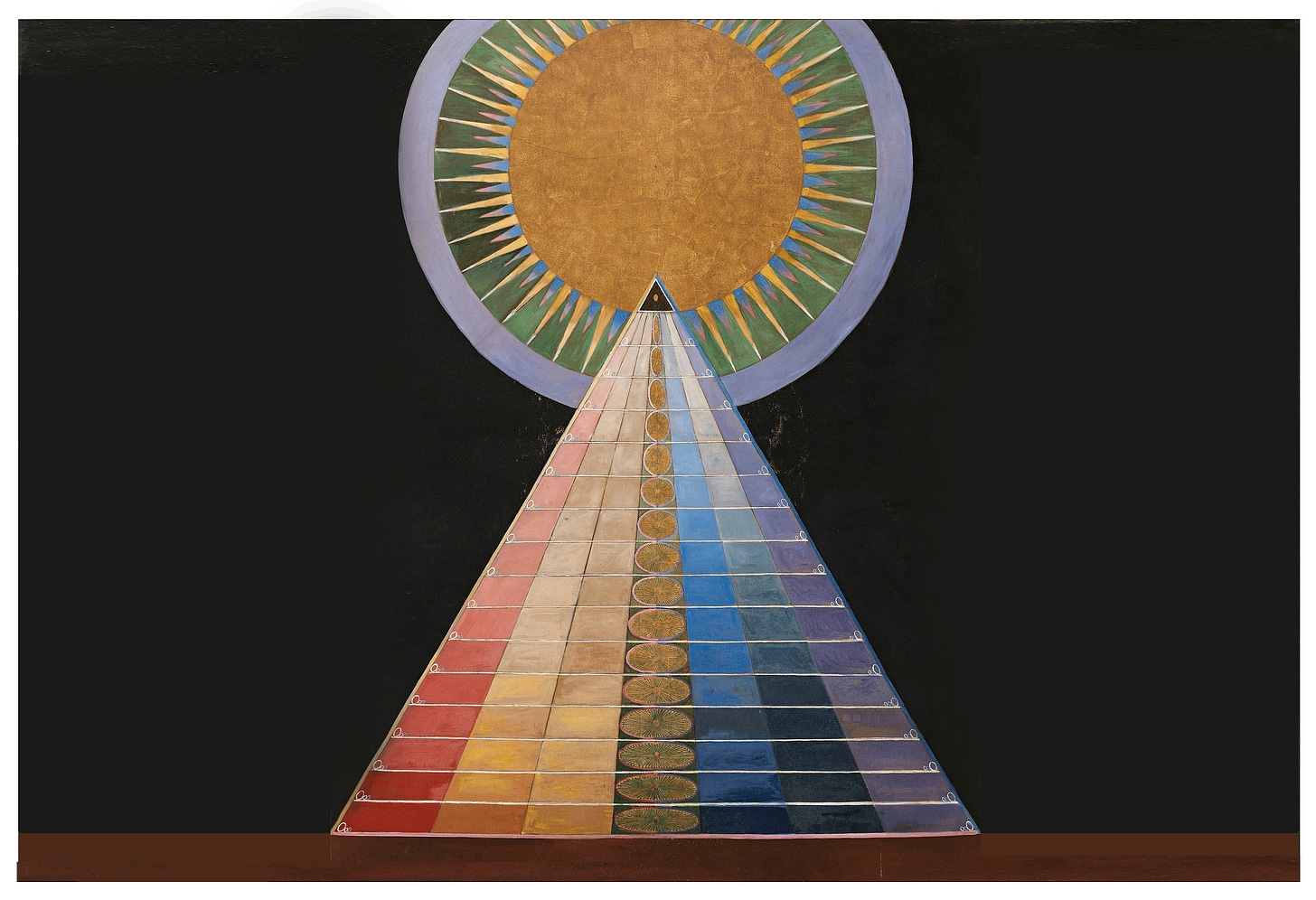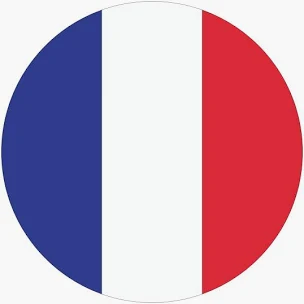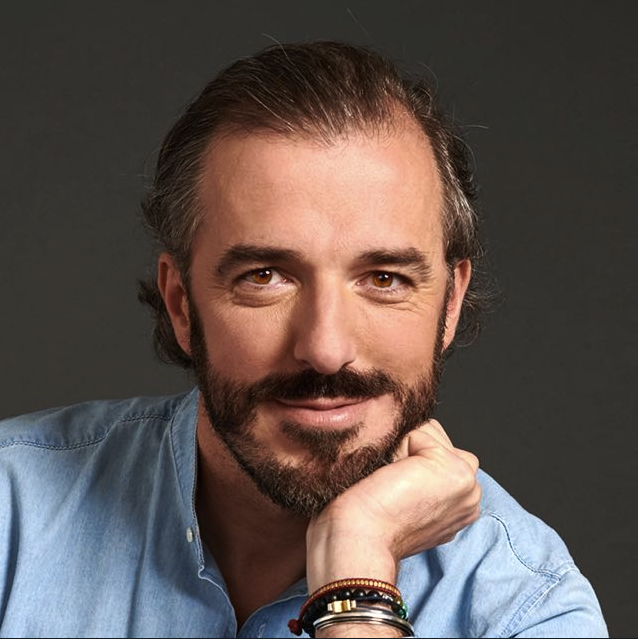The Misunderstanding of Reincarnation
For centuries, the idea of reincarnation has carried an irresistible allure, the comforting notion that the soul, unique and intact, travels from one life to another, weaving a continuous thread through the fabric of existence.
We imagine it as a kind of cosmic passport, stamped with past life memories, lessons, unfinished business, as if the “I” within us could simply exchange one body for another, and keep on living.
It’s a beautiful story.
And perhaps that’s why it endured.
Because the ego loves continuity.
It loves to believe there is something of me refined enough to escape death.
Yet even in the East, where this doctrine originated, the vision was never meant to preserve individuality beyond death.
Alan Watts once pointed out that the Western mind had misread the Hindu teachings, projecting its obsession with personality onto a cosmology that was never about a someone returning, but about life itself unfolding, again and again, through infinite forms.
Reincarnation, in its original sense, is not about a personal soul’s journey.
It is about consciousness itself, endlessly reappearing, reshaping, re-dreaming.
Not a traveler, but a dance.
Still, we cling to the image of a single spark of identity, the same essence that once wore other faces, spoke other languages, loved and lost in other centuries.
We speak of past lives as if memory were proof of continuity.
But what if memory is simply the echo of a pattern in the field, momentarily re-experienced through a new configuration of awareness?
Imagine this:
A grain of rice taken from a bowl, thrown into another.
We call it “the same grain,” though the bowl contains billions.
This metaphor comforts the mind, it gives it something to hold.
But in truth, what reincarnates is not the grain.
It is the pattern of the bowl itself.
Now shift the image.
Imagine a drop of water returning to the ocean.
Does the drop survive as a drop?
No, its boundaries dissolve, its identity vanishes, yet nothing is lost.
It is the ocean now, as it always was.
This is the real invitation behind the ancient teachings,
not to preserve individuality,
but to dissolve it consciously.
For the one who surrenders entirely to this recognition discovers what the Mysteries of Eleusis proclaimed: He who dies before dying is immortal.
To die before dying means to awaken from the illusion of being a separate soul.
It is not a tragedy. It is liberation. When the mask of individuality falls, what remains is pure awareness, nameless, boundless, eternal.

The Western mind resists this.
It wants to survive as “someone.”
It fears dissolution because it cannot imagine freedom without identity.
And yet, what we call death is not disappearance, it is return.
Return to the source, to the totality that never left.
Maybe what we call the soul
is just the way consciousness smiles at itself
before remembering it was never divided.
Let that thought rest.
Do not rush to understand it.
The mind will try to grasp it as it always does,
but this understanding cannot come from there.
Truth does not reveal itself through reasoning.
It unfolds through direct recognition.
When we allow this field to open within us,
the answer appears,
not as an idea, but as an obviousness —
a silent knowing that begins to shape our reality from the inside out.
This is how we build what is real.
Not from belief, not from faith,
but from the intimate texture of lived experience.
And when our reality meets another,
this inner space becomes our refuge,
the place where we can rest,
rooted in what we have felt,
not in what we have learned.

William Blake – The Ancient of Days (1794)
The image of a divine figure bending down to measure creation is not a portrait of God, but a mirror of consciousness, the moment when the infinite curves in upon itself to observe its own boundaries.
Blake captured the paradox at the heart of existence: the act of self-definition that gives birth to the illusion of separation. To look at this figure is to see the mind of the cosmos caught in the instant before it remembers that the circle it draws is made of its own light.

Hilma af Klint –
This painting is not an image, it is an ascent.
A vision of consciousness remembering itself through form, spiraling from density toward light. Each layer dissolves into the next, revealing that creation and return are the same movement.
Af Klint painted from direct transmission, guided by a presence that spoke in symbols before the world had words for them. To stand before this work is to feel the architecture of the soul folding back into its source, the instant where individuality becomes transparency, and the drop recognizes itself as the ocean.

Alex Grey – Theologue (1984)
A human figure kneels, translucent, dissolving into the radiance that surrounds and permeates it. Here, form and spirit are no longer separate the nervous system becomes a map of light, the flesh a doorway to infinity.
Grey painted not a vision of divinity above man, but of divinity through man.
“Theologue” is the dialogue between the finite and the infinite, the moment when perception itself awakens to its source. It is the same remembrance whispered in every mystical tradition: there was never a wall between the drop and the ocean, only the dream that they were two.




.svg)
.svg)

.svg)

